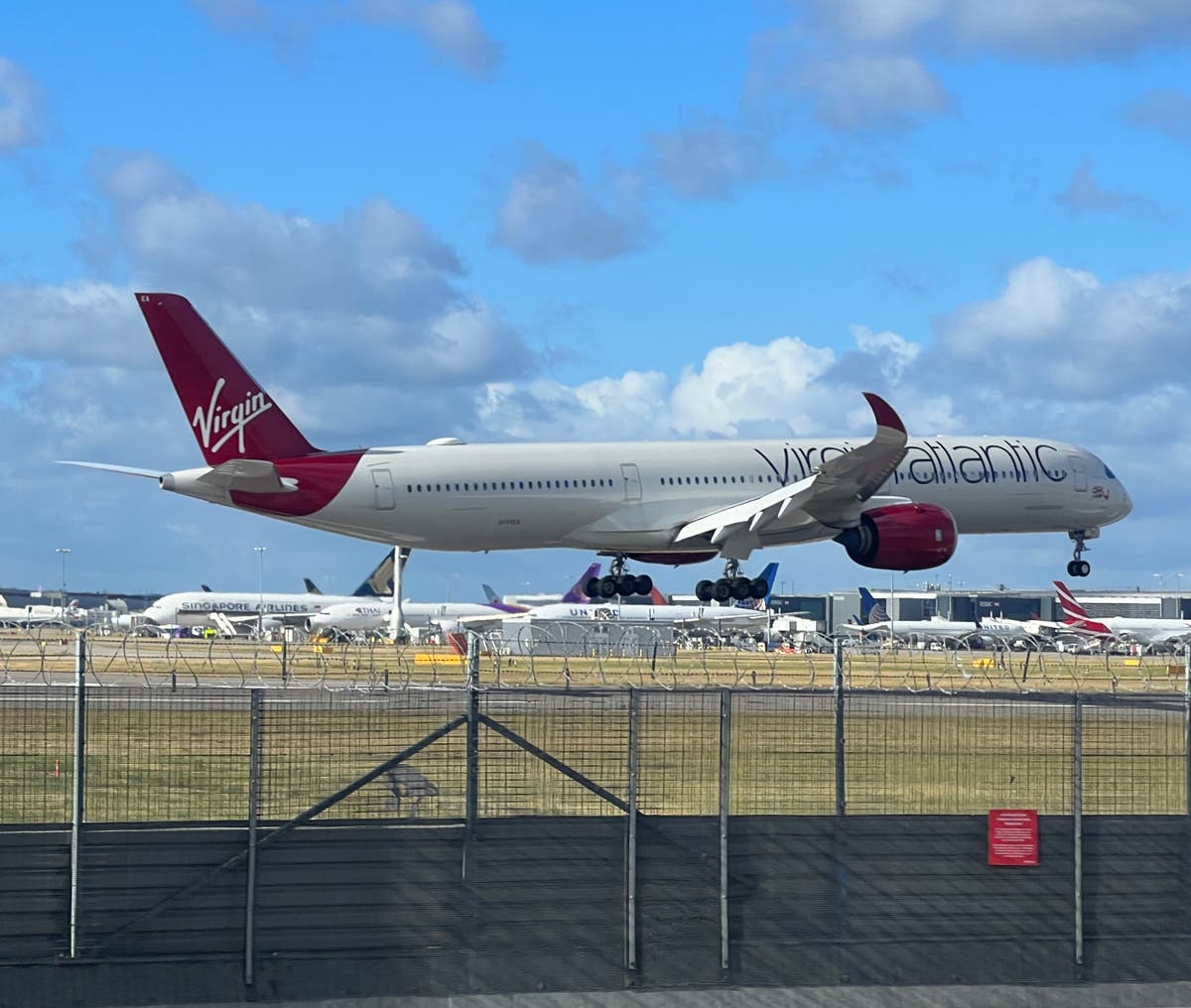This website uses cookies so that we can provide you with the best user experience possible. Cookie information is stored in your browser and performs functions such as recognising you when you return to our website and helping our team to understand which sections of the website you find most interesting and useful.

“Ten of the top 40 global airports are European,” reports Eamonn Brennan. He is director-general of Eurocontrol, the continent-wide provider of air navigation, and therefore has plenty of interest in the health of the aviation industry.
That is two more than in 2019, he points out – with the newcomers being the Mallorcan gateway of Palma and Antalya in southern Turkey.
For the purposes of the table Eurocontrol has created, “top” equates to number of flights.
A top 40 by passenger numbers would look different – Dubai, for example, would rank highly rather than being nowhere on the list. But as a snapshot of how airports are doing over a week in late June 2022, compared with the same seven days in 2019, Mr Brennan’s chart contains plenty of interest.
The top five, predictably, are huge US hubs with loads of flights using narrow-bodied jets: Chicago O’Hare, Atlanta, Dallas-Fort Worth, Denver and Los Angeles (the last two have swapped places over the past three years).
The European participants begin with Amsterdam (seventh), Paris CDG (ninth), Istanbul (11th) and Frankfurt (14th).
Spot the missing hyper-hub: London Heathrow, of course. The UK’s busiest airport has sunk from 11th to 16th, ignominiously a long way behind Charlotte in North Carolina, Las Vegas and Delhi.
The apparently fading fortunes of LHR can be ascribed to all kinds of factors, such as:
- The most severe international travel restrictions in Europe were imposed by the UK for much of the two years from mid-March 2020
- Heathrow is still wounded from its exposure to Asian and US markets that are still, respectively, largely closed and only recently opened
- Could high charges be keeping out operators who might want to exploit the temporary availability of slots?
Terminal table: A snapshot of daily departing flights in June 2019 (left) and June 2022 (right)
(Eurocontrol)
The last of those does not look likely, given that the Civil Aviation Authority is capping (and plans to reduce) passenger charges well below levels the market can bear. But Heathrow would rank much higher on the table had its main customer, British Airways, not decided to cut around 15,000 flights promised during the summer season to align its schedule with available resources.
Had they all come to take off, I calculate Heathrow would leapfrog the French and German hubs and be challenging Dutch airports for the title of Europe’s busiest. With the higher average passenger numbers on board Heathrow flights, it would regain primacy among European airports.
Yet I sense the bosses are not especially concerned about the downward drift. They will be looking across to the current European champion, Amsterdam, which is currently warning passengers against arriving more than four hours ahead. “You are only welcome at the departure hall four hours before your flight,” says Schiphol, as thousands of outbound passengers endure long waits for security.
Politically, Heathrow makes much of its rivalry with Amsterdam, as well as Frankfurt and Paris CDG. Yet the reality is that those cities – splendid though they are – are relatively small and do not have the proportion of “origin and destination” traffic that London enjoys.
Heathrow’s real rival is the emerging super-hub of Istanbul, located diametrically at the opposite end of the continent, with an even bigger population and a formidable position to unite Europe with Africa and North America with Asia.
Meanwhile, could we soon hear from Eamonn Brennan of an 11th European airport in that top 40? I believe we may, in the shape of London Gatwick – the airport that has come back from oblivion more rapidly than any other.



 Africana55 Radio
Africana55 Radio 
